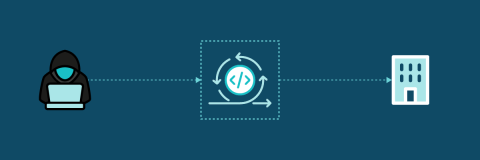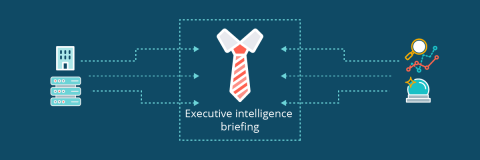Security | Threat Detection | Cyberattacks | DevSecOps | Compliance
Latest Posts
Akira Ransomware-as-a-Service (RaaS) targeting Swedish organizations
Threat Context Monthly: Executive intelligence briefing for January 2024
Protecting your business against impersonation attacks
Companies grow through mergers and acquisitions. Marketing teams promote new products. New products spawn new web domains. As brand names, URLs, and cloud IT infrastructure proliferate, so do enterprises’ vulnerability to online attacks. At the same time, security professionals working with limited resources find it increasingly challenging to maintain oversight of their online assets.
Outpost24 Expands Leading External Attack Surface Management Solution with Credential Threat Intelligence
How to monitor your organization's presence on the dark web
Googling your organization’s name will bring up all sorts of information. However, there’s more to the internet than the surface web that’s accessed through regular search engines: the deep web and the dark web. To stay ahead of potential threats and maximize incident response performance, security teams need a complete view of their organization’s presence across all areas of the internet.
The scope of cybersecurity in 2024: Predictions from the experts
Coming into 2023, we predicted that the economic downturn would fuel sophisticated fraud, the growth of serverless workloads will increase the attack surface, and there would be more MFA bombing attacks. As we look to 2024, Outpost24’s team of security experts have predicted the emerging threats that will shape the cybersecurity landscape. Dark AI tools, and a shift in security priorities are some of the challenges that organizations will face.
ISO/IEC 27001 compliance guide for CISOs and IT Managers
Building trust with customers often starts by demonstrating the right security controls. In the digital age, data security is paramount, and adherence to standards like ISO/IEC 27001, PCI DSS, and SOC 2 has become a key differentiator in the competitive market landscape.
Request smuggling and HTTP/2 downgrading: exploit walkthrough
During a recent penetration test on a customer application, I noticed weird interactions between the web front-end and back-end. This would eventually turn out to be a vulnerability called HTTP request smuggling, enabled by the fact that the front-end was configured to downgrade HTTP/2 requests to HTTP/1.1. With the help from my colleague Thomas Stacey, we were able to construct an exploit chain with response queue desynchronization along with traditional HTTP/1.1 request smuggling techniques.
Unveiling LummaC2 stealer's novel Anti-Sandbox technique: Leveraging trigonometry for human behavior detection
The Malware-as-a-Service (MaaS) model, and its readily available scheme, remains to be the preferred method for emerging threat actors to carry out complex and lucrative cyberattacks. Information theft is a significant focus within the realm of MaaS, with a specialization in the acquisition and exfiltration of sensitive information from compromised devices, including login credentials, credit card details, and other valuable information.











